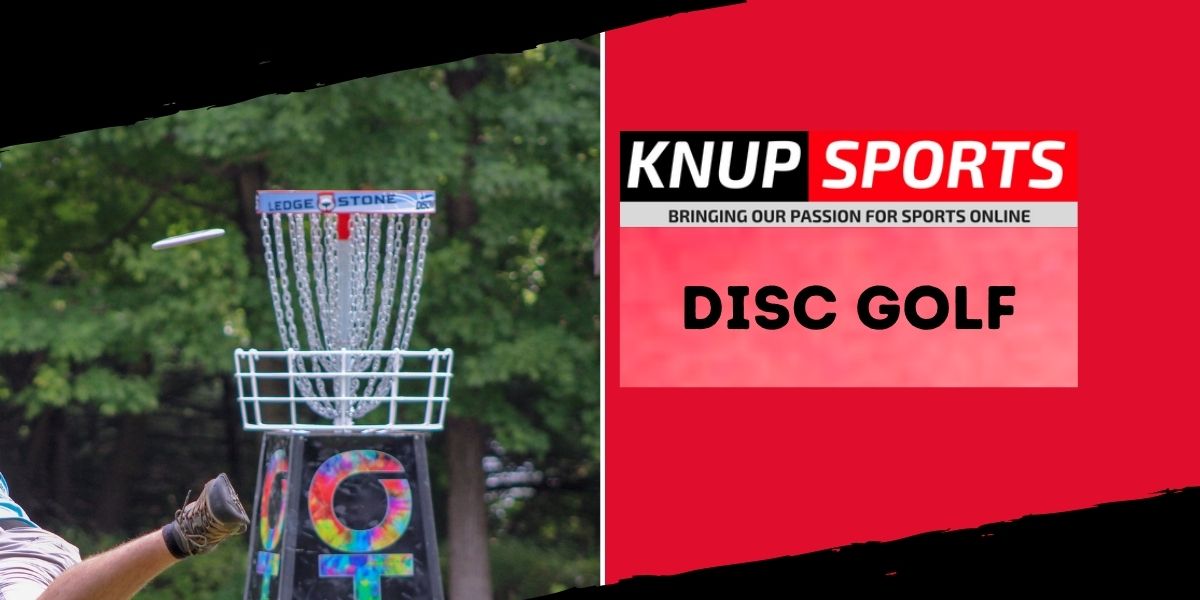Disc Golf is an up and coming sport and continues to gain traction. During and following the COVID pandemic, many individuals were seeking out an opportunity to be active outdoors, and the sport of disc golf was that and so much more.
Disc Golf – Reasons to Play
I personally began disc golfing for these exact reasons, and the draw towards these circular objects that fly versus a club and a ball was primarily the cost difference.
After an initial investment for a few discs (or finding a friend who already plays that will gift you a driver, mid-range, and putter) it costs you nothing more than the price of gas to drive to the course. Discs have a wide range of differences contrary to many beliefs, there is more to disc golf than just a Frisbee like the ones you’d throw and catch in the yard.
Disc golf as a sport is played very similarly to traditional golf, or as avid disc golfers call ‘ball golf’. Instead of tee boxes, we have tee pads that are oftentimes concrete rectangles, or sometimes just a
marked area from where to throw your first shot.
Disc Golf – Playing the Sport
Each hole will have a fairway, some more clear than others. Each hole will have a destination to reach known as a disc golf basket that is made up by a pole, a cage which is made out of circular metal wires used to catch the disc, and then chains that drape from the top of the basket tied to the base of the pole that slows the disc’s momentum, or ‘catches’ it, to allow it to fall into the basket. Just as in ball golf, you count the amount of shots it takes you to get your disc to come to rest inside the cage.
Each hole will have a designated par, and the golf terms bogey, birdie, and eagle are all used for disc golf as well. The main difference for each shot for disc golf is that you play from behind where your previous shot landed, choosing to mark your disc and throw it again or to throw a different disc from behind where your previous throw landed. You can choose to run up to your disc for momentum prior to throwing, but you must release the disc while one point of contact, usually a foot, is
placed directly behind where your previous disc has landed.
Many people will leave their previous disc on the ground as a marker for where to step, or alternatively will use a mini marker that is placed on the front edge of your disc so you can pick up your disc to throw again, or to gain an additional disc length towards the basket.
When beginning to learn how to play disc golf, many players have more success with under stable discs and discs with less speed. Generally anyone who is jumping into the game wants to grab at least a driver, mid-range, and a putter, yet I would argue that an over stable and under stable putter, or a putter and a mid-range are truly all you need to start playing this enjoyable game. During a recent tournament, a player I was with said he heard a Pro Disc Golfer Drew Gibson plays with 6 discs at one of the hardest courses on the Disc Golf Pro Tour, Northwood Black in Morton, IL.
Disc golf is an awesome way for people to get outside in nature and play a competitive sport along with exercise.
Grab some discs, grab a friend, and go see what the fuss is all about.
Look for more from Alec on Disc Golf at KnupSports.



